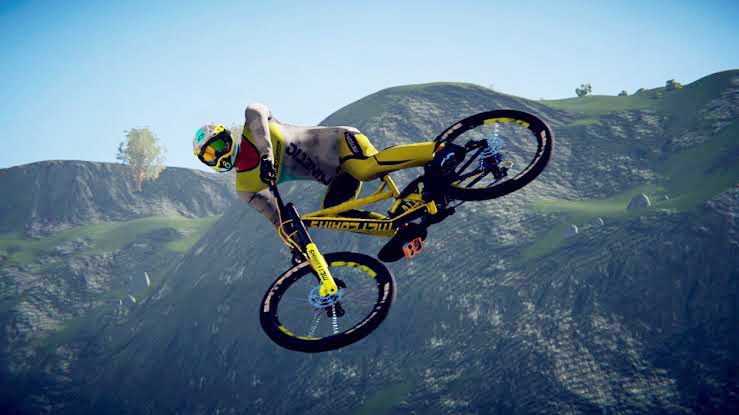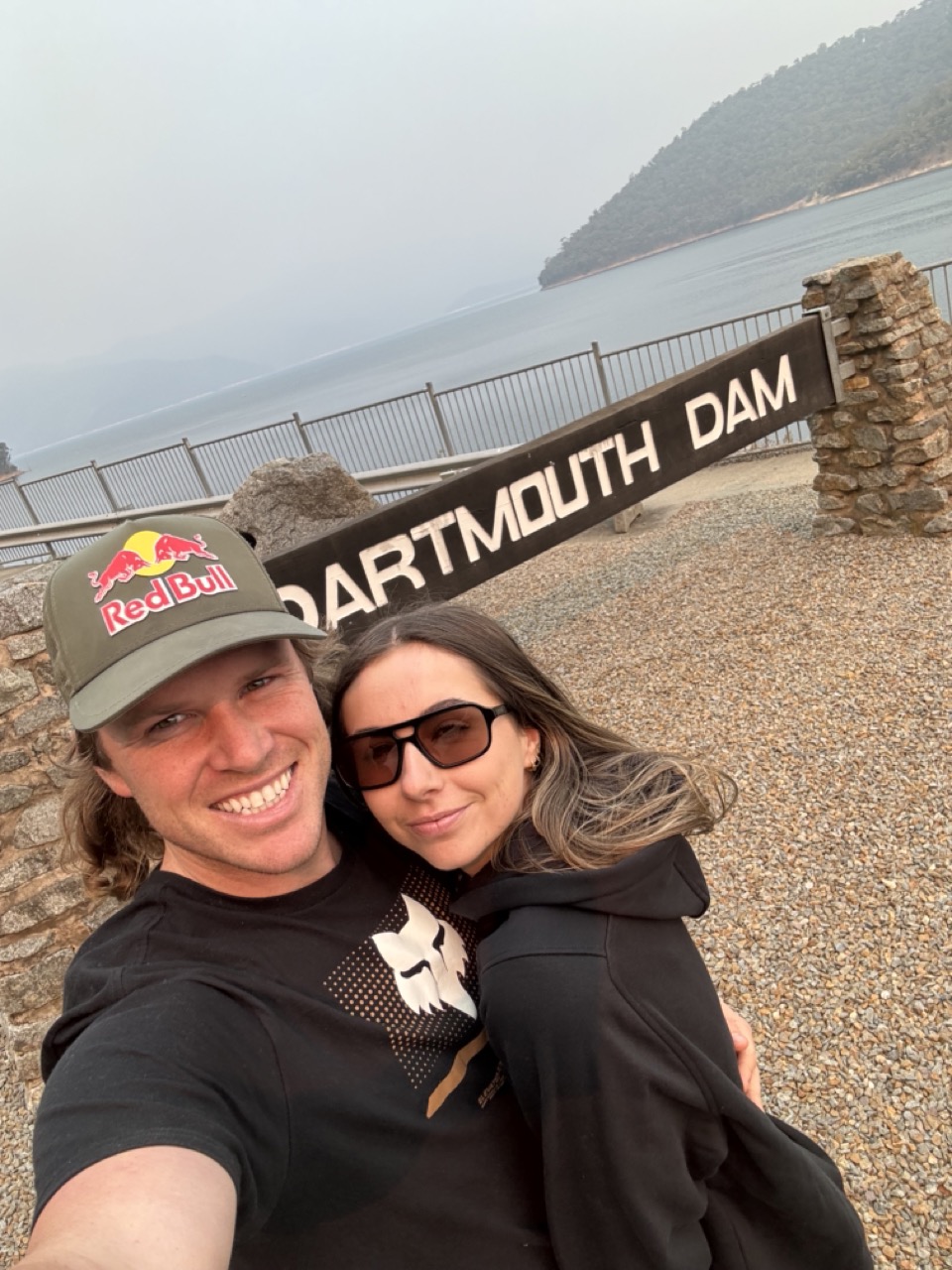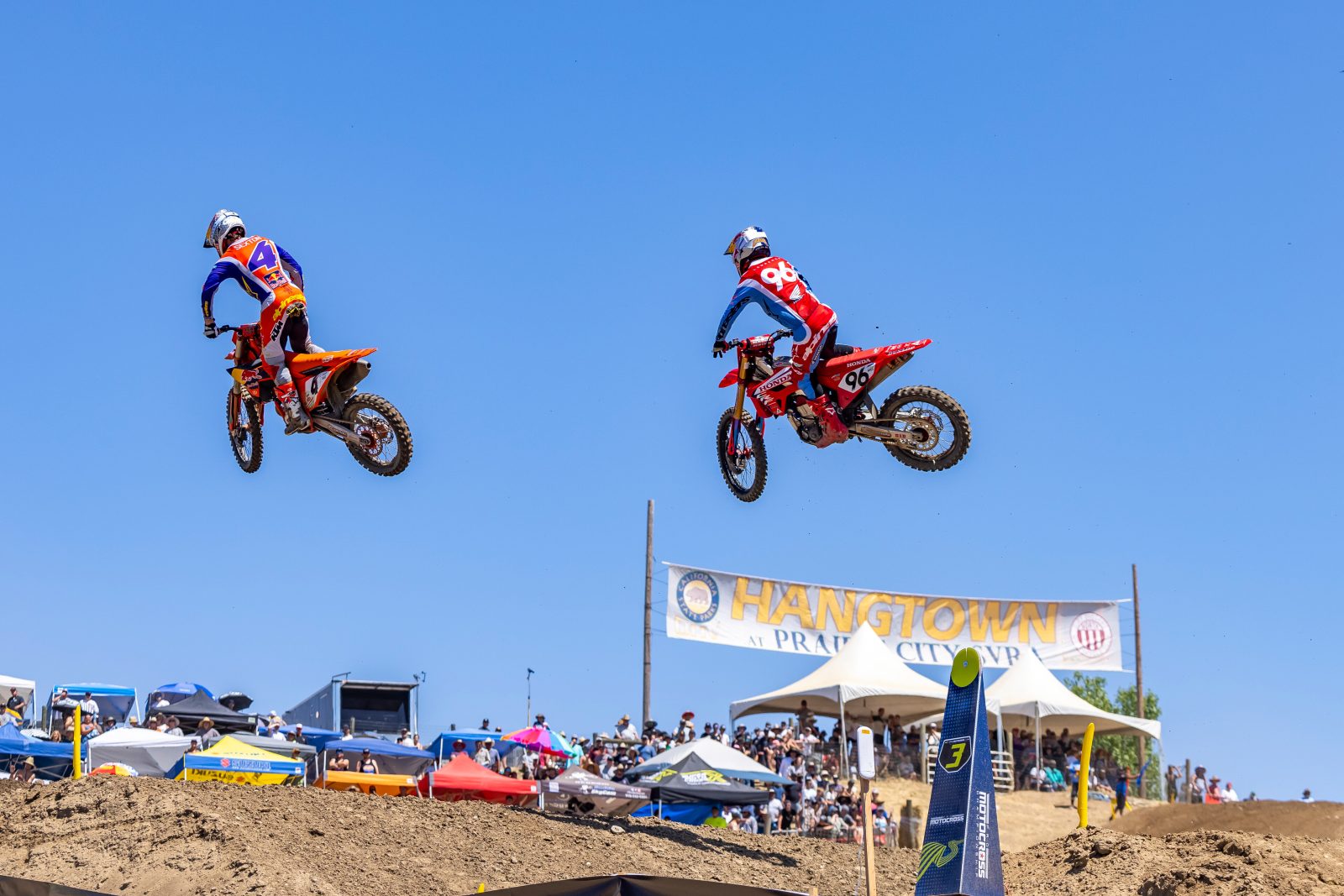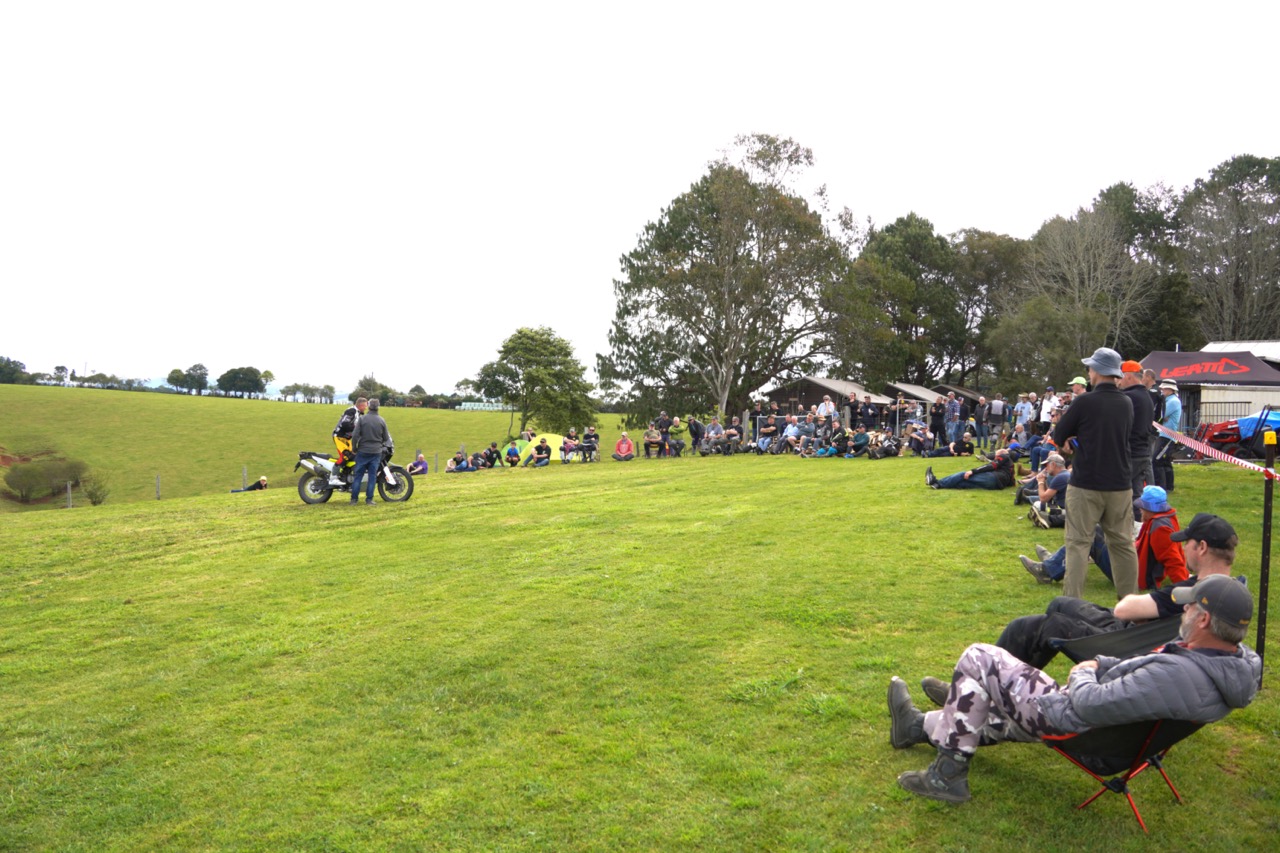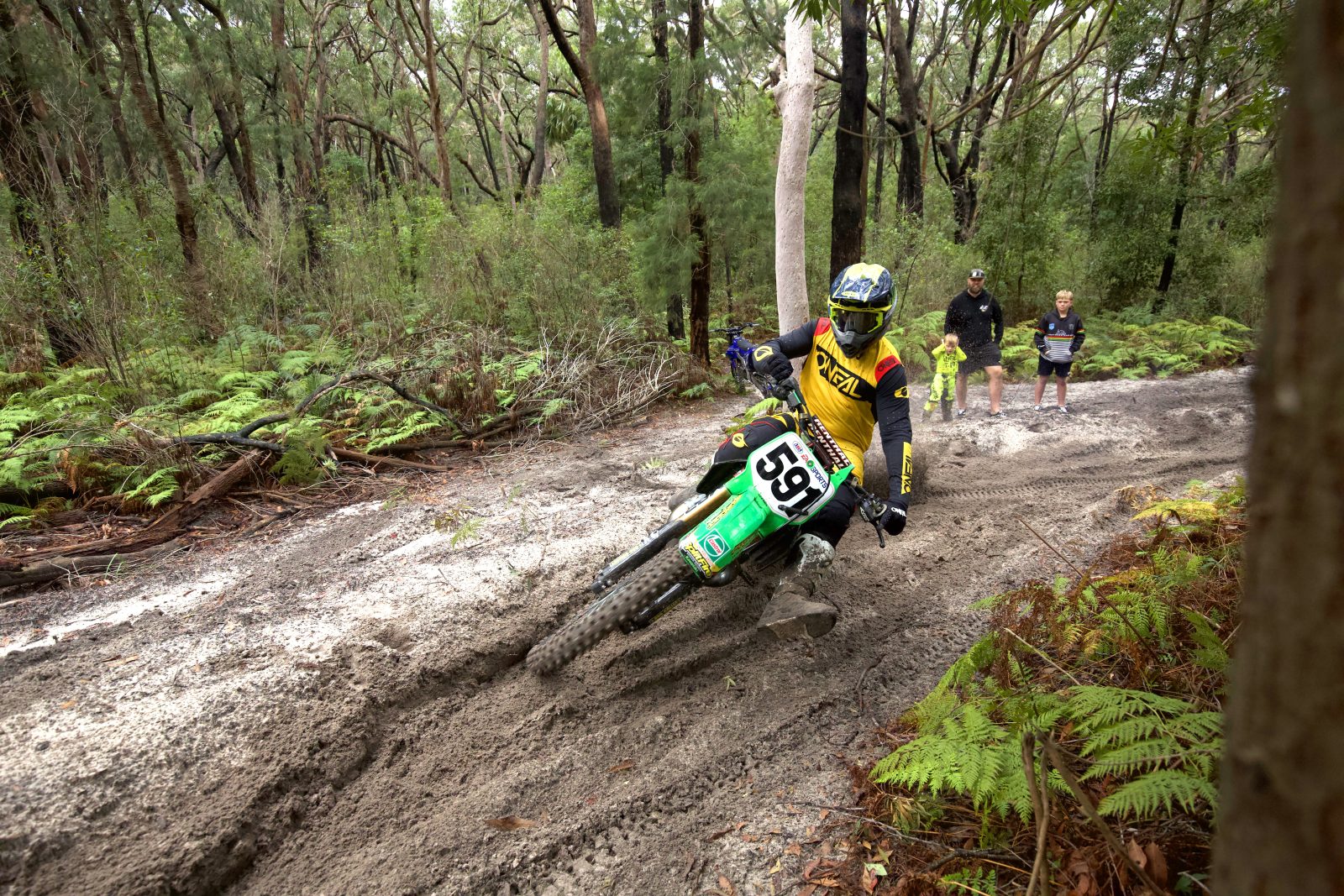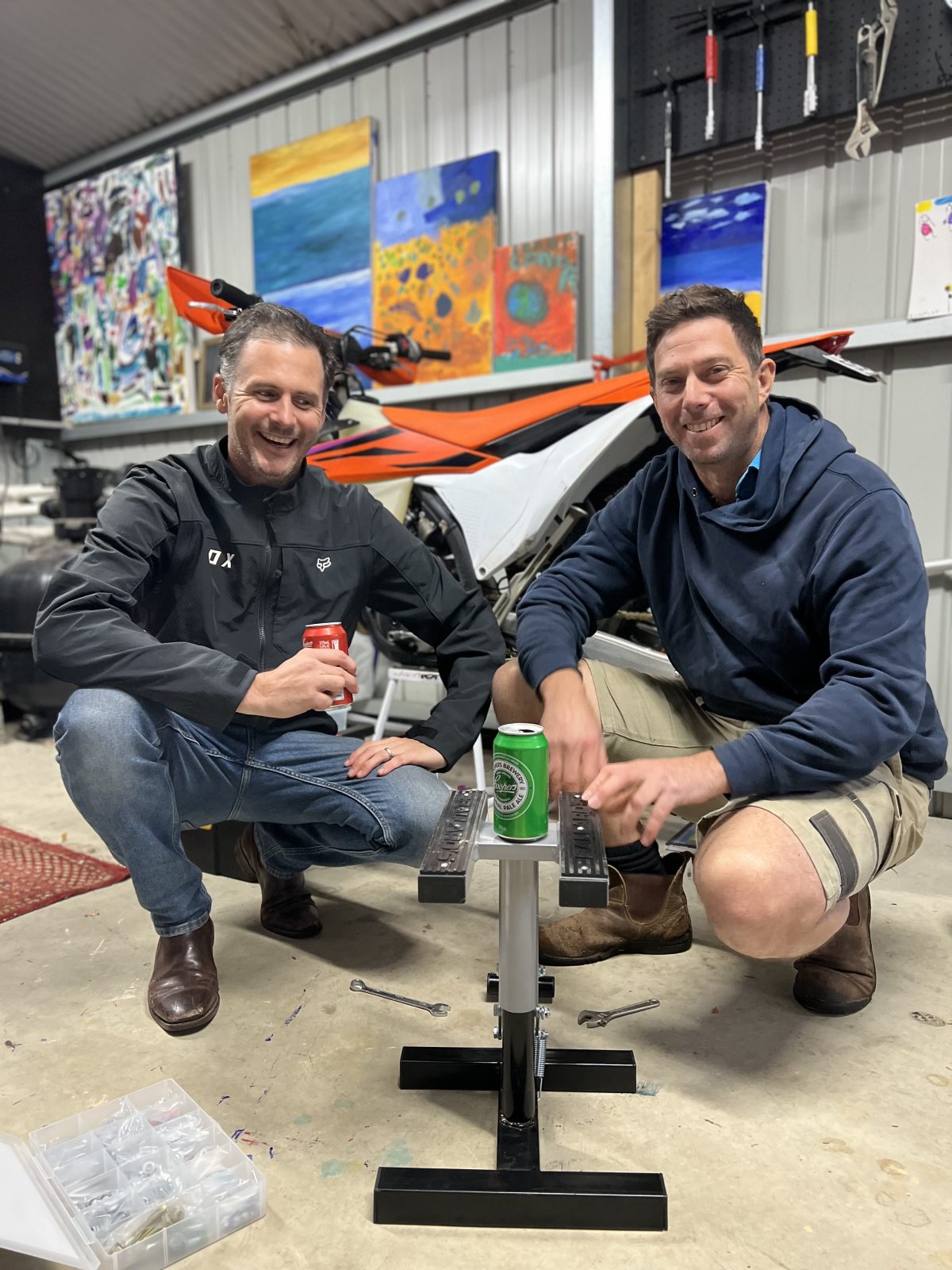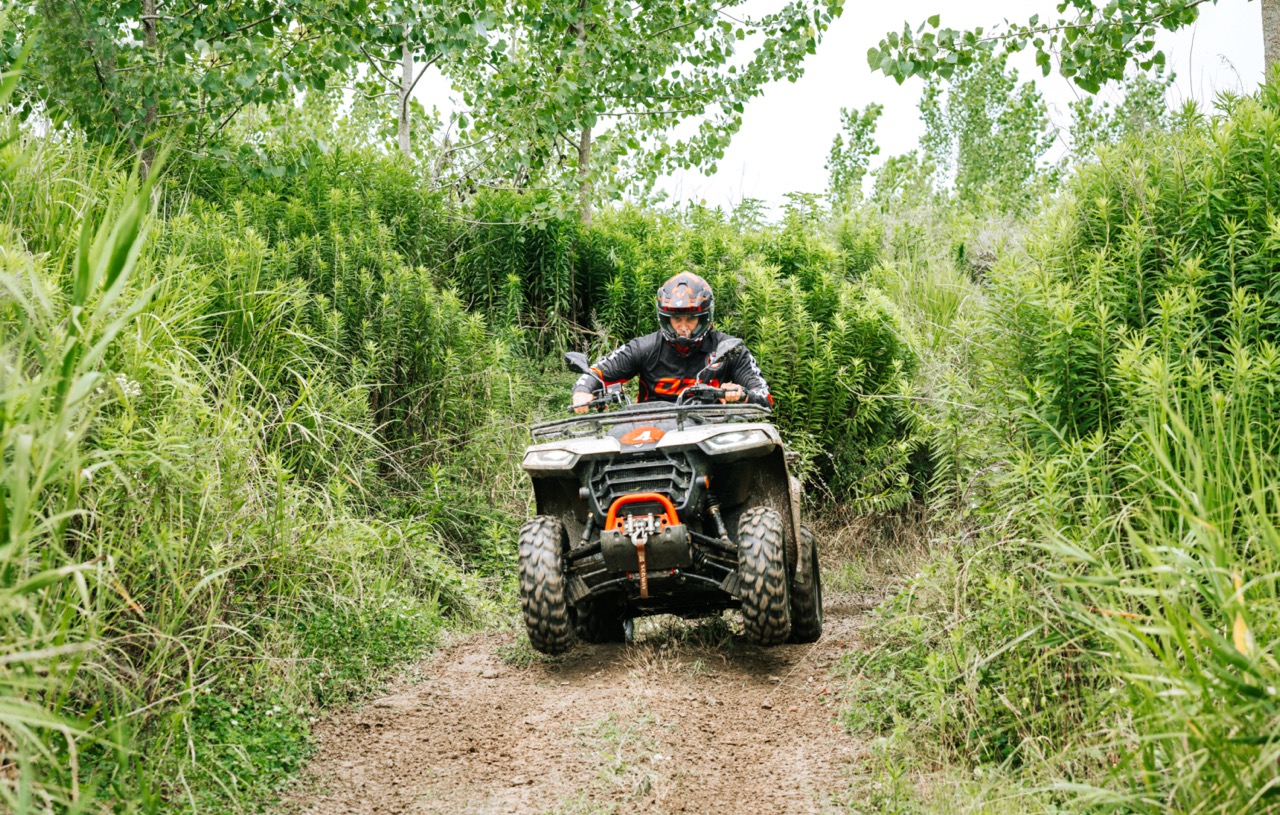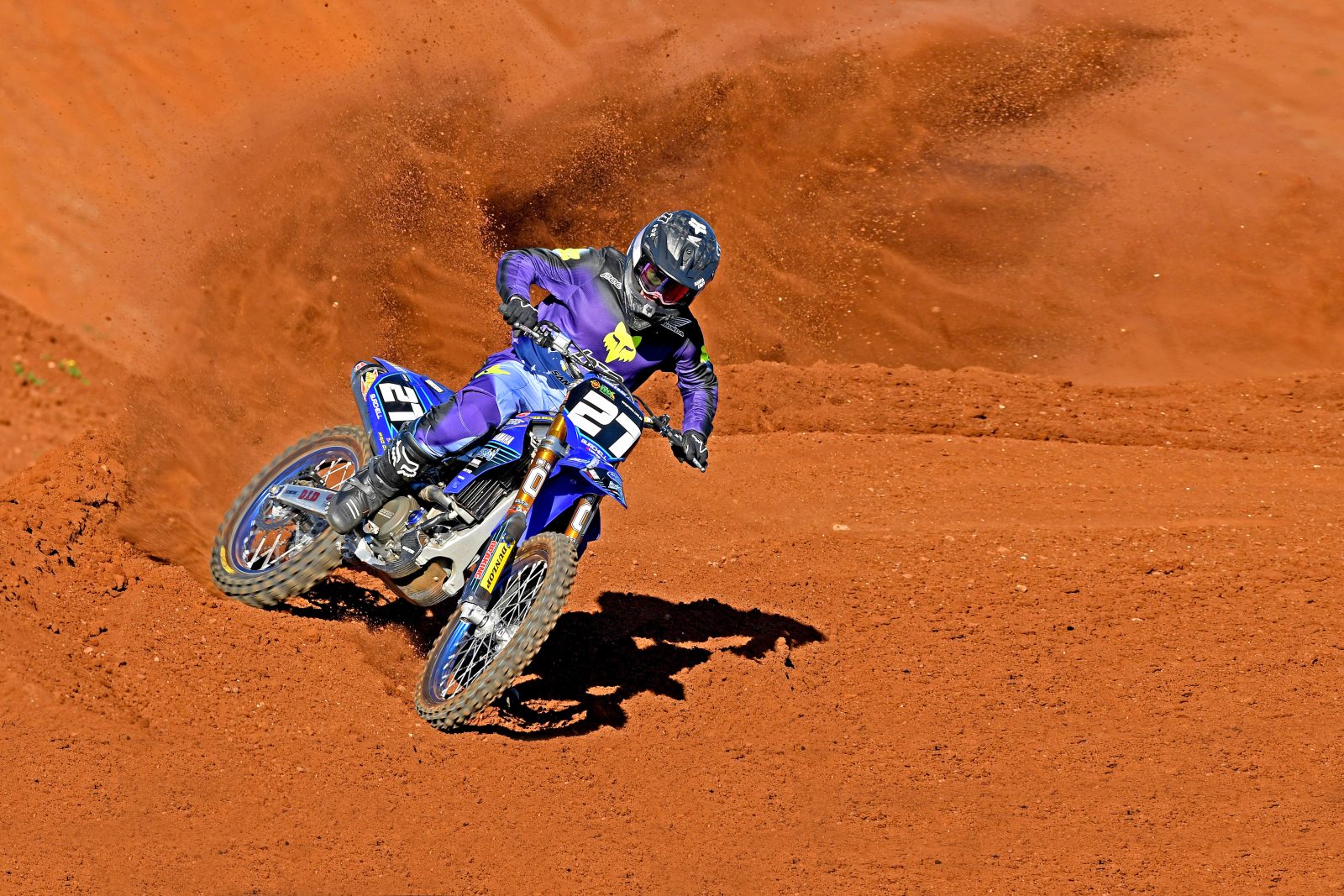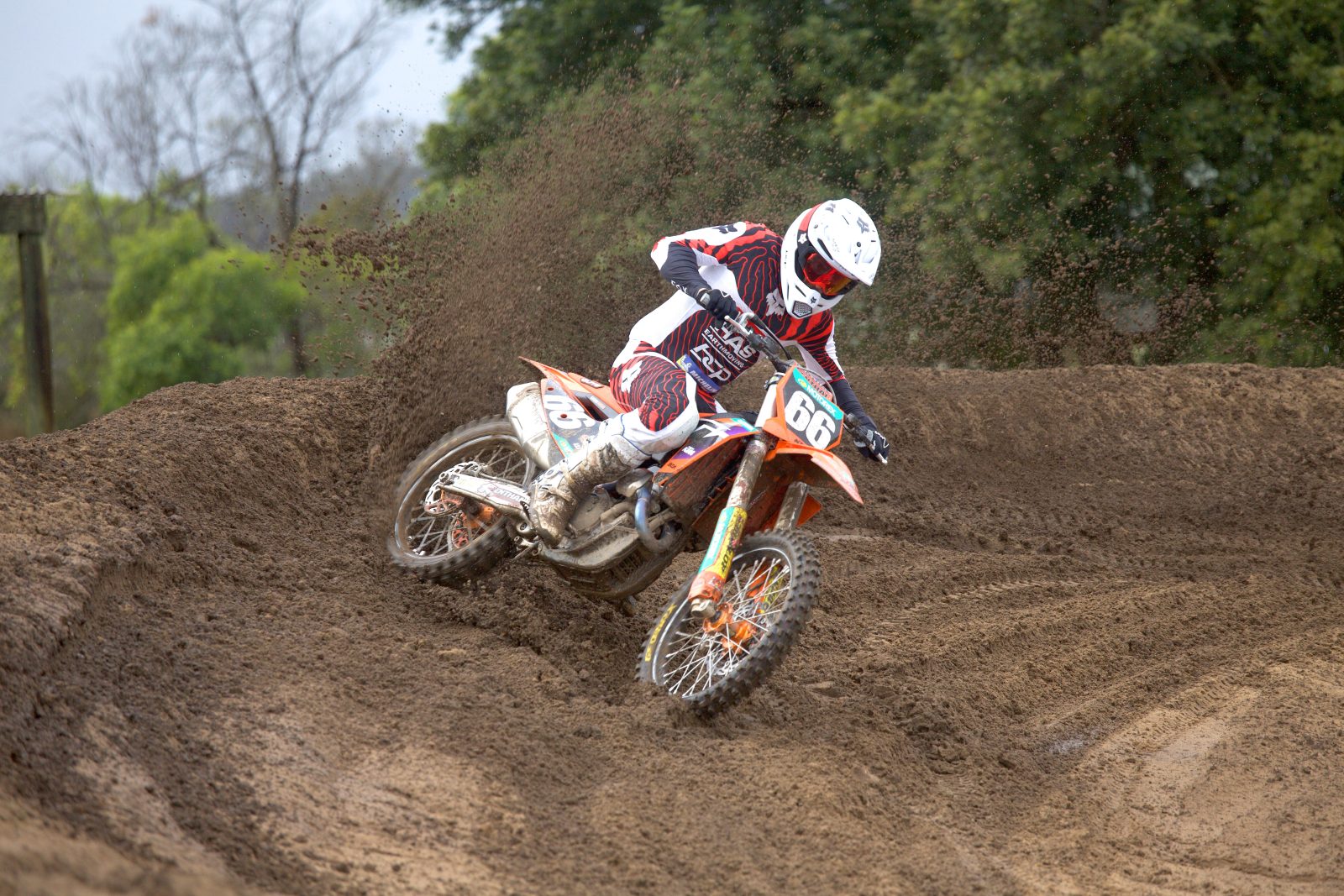The 1999 Kawasaki SplitFire KX250 is an iconic model that we all drooled over in the late 90’s to early 2000’s. When it comes to restorations the most popular models to replicate are the Ricky Carmichael Suzuki, Jeremy McGrath Honda or Split Fire Pro Circuit Kawasaki. In this case Ryan Sylvester managed to dig up a 1999 KX250 for $1,300 and after countless hours and a parts bill he would rather forget he has an immaculate Mike Brown Split Fire replica to be proud of.

FINDING THE BIKE
This part of the build is probably one of the most interesting stories. As a 16 year old kid, Ryan and his best mate had a pair of KX250’s. Ryan’s got stolen and his mate sold his on. The KX250 spent years going through a few pairs of hands but Ryan eventually tracked it down in Newcastle, NSW and bought it.
Ryan sat the bike in the back of his shed while he was collecting parts for the build but then he got stuck in and over a period of two years transformed the bike. Now the restoration is complete, his mate wants the bike back. Who can really blame him, the thing is trick.
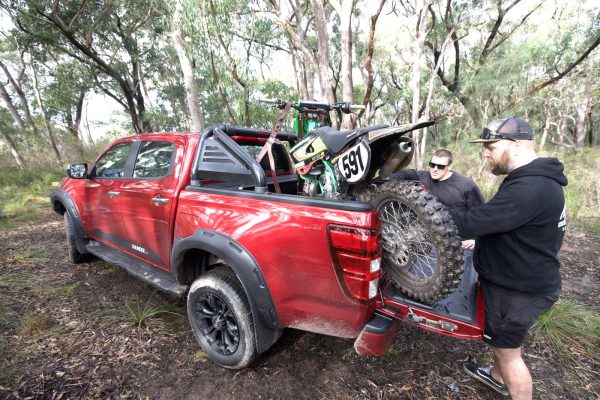
THE BUILD
The KX starts off with Pro Circuit KX450 triple clamps which had to have a spacer machined to space out the steering stem as the alloy frame on the KX450 is thicker in diameter and requires a longer steering stem. As these parts aren’t made anymore, Ryan tracked a pair down in Canada.
The fork is out of a 2011 KX450 along with the front wheel and front brake system that Ryan found through a private sale in South Australia. The fork legs were re-valved and resprung by MCD in Sydney and the lower fork lugs were Cerakoted black. Along with the fork lugs, Ryan had the brake callipers and reservoirs Cerakoted to look the part. He also fitted up a set of trick looking ARC levers.
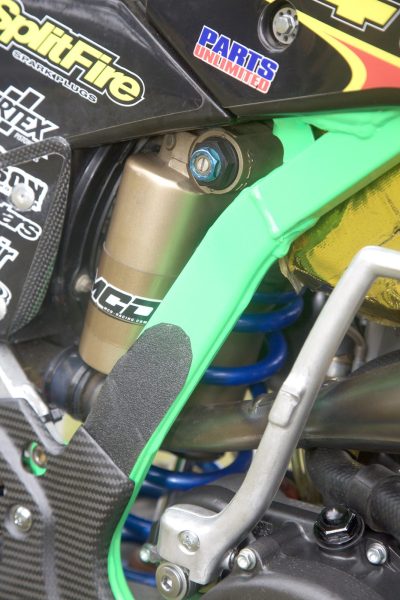
The seat on the KX comes from Guts. They make a taller seat foam and seat cover which flattens out the cockpit compared to the standard hollowed out KX seat. The rear shock is the standard KX shock that has been coated and resprung and re-valved by MCD to match the more modern front fork. Ryan has also replaced the standard link rods with Pro Circuit ones that lower the rear of the bike.
The rear brake caliper is a KX450 caliper that Ryan had to cut and weld using the mounting bracket off a KX450 swingarm to and is fed fluid from a Pro Circuit replica reservoir. Doc Wob in the UK makes a full kit to fit this exact caliper but this was not available when Ryan went down this track. The caliper bracket axle hole is too large for the KX250 axle so Ryan had to machine and fit a spacer inside reducing the hole to accommodate it.
The chain adjusters are Pro Circuit replica’s straight off eBay and the chain guide is an old factory carbon fibre chain guide. The hubs are standard but the discs are custom oversized units made in the UK. The hubs are fitted to Excel rims with a Renthal sprocket on the rear.
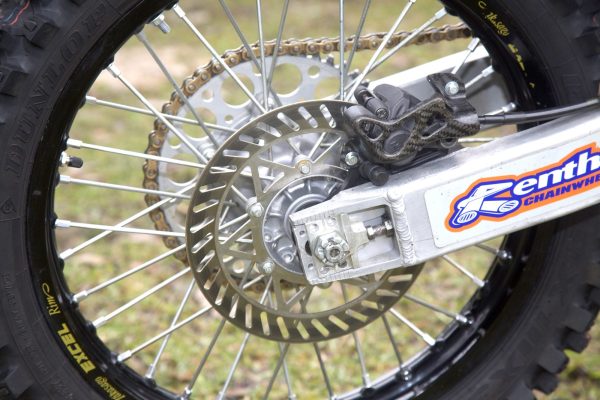
The foot pegs are Pro Circuit pegs made from steel but there is a titanium option. The pegs are fitted using oversize pins to remove the slop from the holes. The carbon frame guards are designed to make the bodywork seamless so there is nowhere for boots or pants to get hung up while the skid plate and water pump cover are aimed at protection.
The Pro Circuit engine covers were sourced from American eBay and the silencer came from a private sale in Australia after which Ryan refurbished the pipe and repacked it. The water pump cover is from Boyeson, a company better known for making reed valves. Ryan bought the chromed platinum Pro Circuit expansion chamber and works pipe badges while he was in the US. When he got home he had the chrome stripped off and welded on the works pipe badge then cerakoted the pipe clear to make his own works replica pipe.

The underside of the tank is wrapped with heat tape to give a factory look and the inner clutch cover is cerakoted. All the main bolts and axles have been cleaned up and zinc coated while all the smaller bolts come from a bolt kit sold over the counter and are fitted with drilled out washers for a better look. Around the front sprocket is a carbon fibre case saver which Ryan made himself.
Along with sourcing hard to find fancy parts, Ryan also had to find new old genuine stock like the gear shift and kick starter to replace the worn ones. The engine is standard but rebuilt and wet blasted using new parts and is fitted up with a set of V-Force reeds. The head has been machined and the engine has been re-jetted and tuned by MCD Racing using Pro Circuit jetting and running on VP Race Fuel. The throttle is a new Ballards throttle and all the cables and lines have been replaced.

BIGGEST TROUBLES
Ryan says the biggest obstacles he came across were the discs. Finding them and having them made in the UK and then getting them to Australia was a struggle. Matching the frame colour to the fluoro Pro Circuit green was also a hassle and Ryan had to go with the closest colour he could get. Equally he had trouble finding a swingarm for a cheap price that he could cut up to mount his oversize KX450 calliper.
The other challenge was waiting for people with the time to machine and mount the steering stem for the triple clamps and weld lugs to the frame for the water pump cover and skid plate. He had to be patient as sourcing parts can be time consuming for a build like this. You can find parts to make an old bike run but to build a replica such as this with all high end parts can be difficult.

UNOBTAINIUM
Ryan went on several Race SoCal trips to the US and stopped in at Pro Circuit to run his eyes over the old Split Fire Pro Circuit Kawasaki’s on display. He took loads of pictures and studied them to build his bike as close as possible. Even as close as he got, there are still parts missing that he wishes he had access to.
Top of his list are the radiators. The Pro Circuit radiators are hand welded with larger tanks and braces to protect from damage. Second on his list are all the titanium and magnesium parts. Pro Circuit used titanium pegs as well as titanium bolts throughout the entire bike and titanium shock springs and axles and magnesium engine and power valve covers.
Inside the engine is only speculation but you would assume there would be custom gear boxes that would be polished as well as custom primary drive ratios. You would expect a titanium conrod and some beautiful port work. The number of people who have seen inside these engines is very slim so replicating what is on the outside is much easier than replicating what’s on the inside.
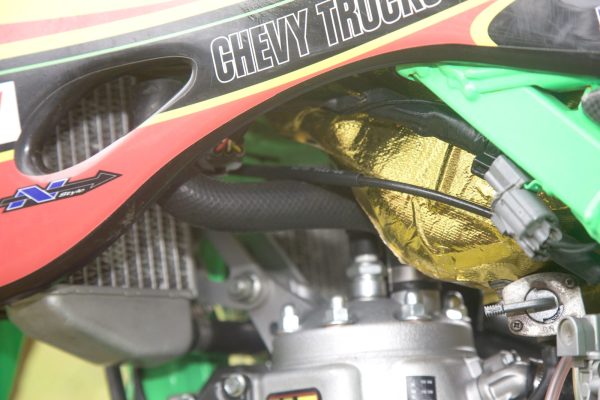
GIVE IT A RIDE
Some would say that restoring an old two-stroke is more than half the fun. When we grew up riding these old bikes they were elite level race bikes. Over twenty years of development has gone by and the way new model frames are designed to flex and absorb bumps and the power curve of the engines is nothing short of rocket science.
Still climbing on an old two-stroke and taking it for a run is an experience every true dirt biker enjoys. The power is short, sharp and aggressive. The KX mapping is controlled by a CDI ignition and the power curve is abrupt but short lived.
You need to work the gearbox and keep the bike in the right revs. Rev it too far and the power drops off, don’t rev it enough and there is no power but get it in that sweet spot and the big girl is going to dance.
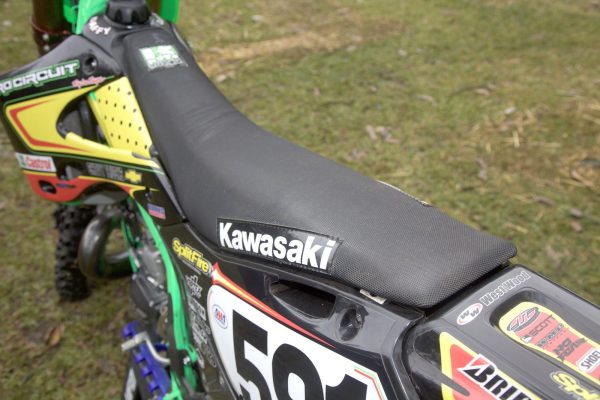
The modern front end on Ryan’s bike is welcomed. The front steers and sticks to the track just like any modern bike. The rear however feels just like a twenty year old two-stroke. There is minimal flex through the swingarm and swingarm pivot meaning you feel a lot of the track through the foot pegs. This was a trait of the era though and to be expected when throwing a leg over an old two-stroke.
If we haven’t made bikes handle better in twenty years then we failed as an industry. It was normal for bikes of this era to have a hollow section in the middle of the seat that sucked you in. We were all used to it back then but it can feel oddly restrictive nowadays. The taller Guts seat Ryan has fitted makes the bike feel much more modern.
The brakes also perform like high end products, just as good as any others in today’s era so Ryan has done well to improve on an old bike by modernising its feel as well as its performance.
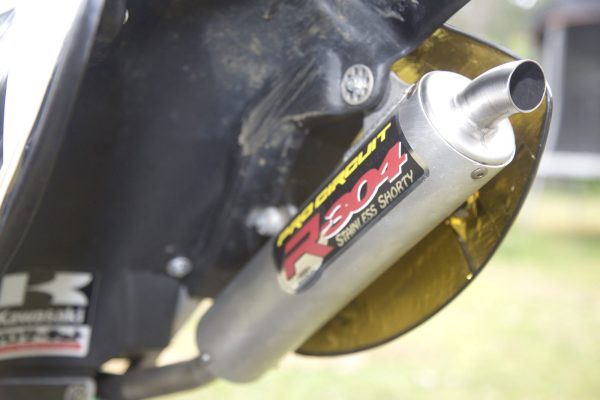
Ryan’s Split Fire Pro Circuit Kawasaki certainly looks the part, it has been well built with high quality parts and was definitely a fun bike to ride. Could I ride it faster than any modern 450, not a chance. But it was certainly nostalgic and fun to play on.
I forgot how much fun it was to rip a 250 two-stroke into some loamy sand berms. It took me right back to my teenage years which I guess is the whole point of restoring an old two-stroke in the first place.
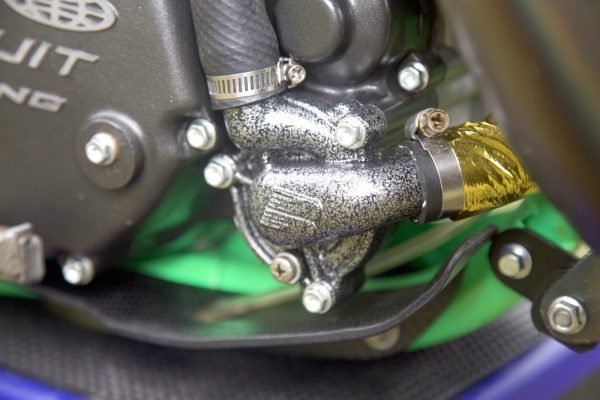
WORDS MAT BOYD
PHOTOS MITCH LEES


